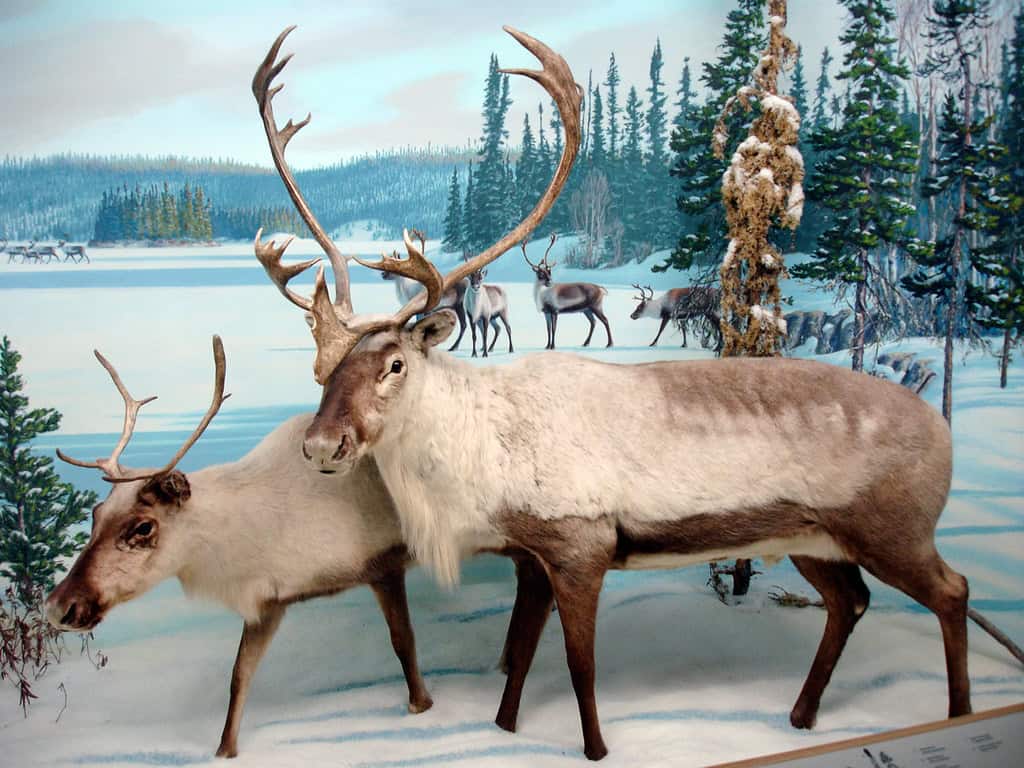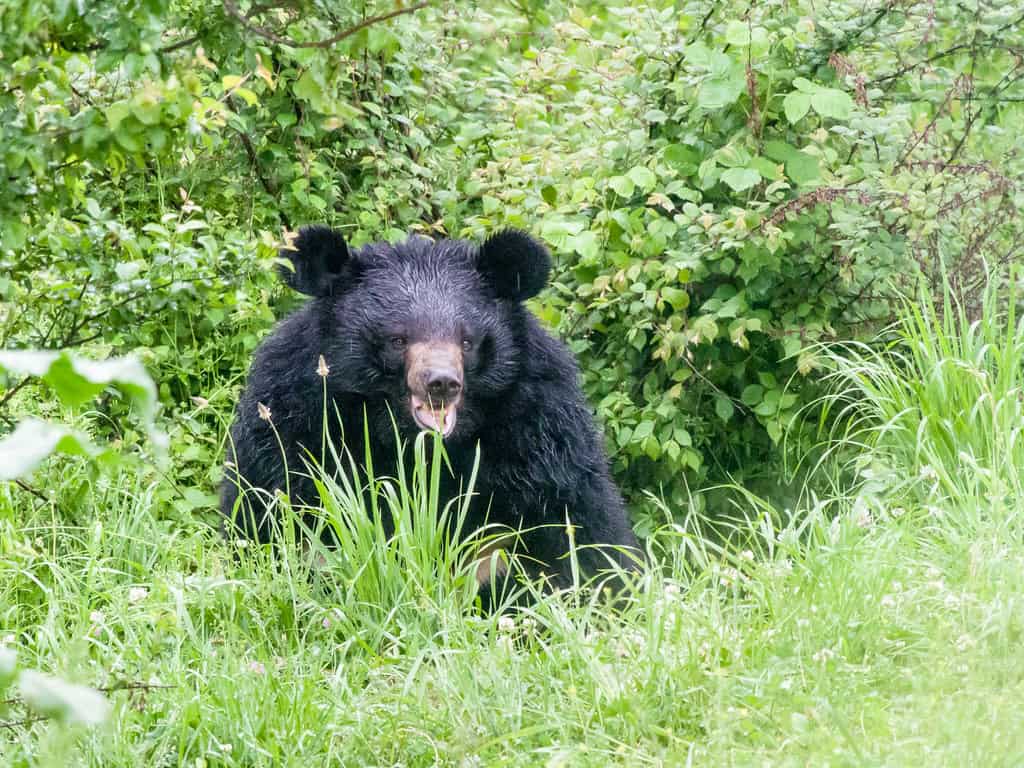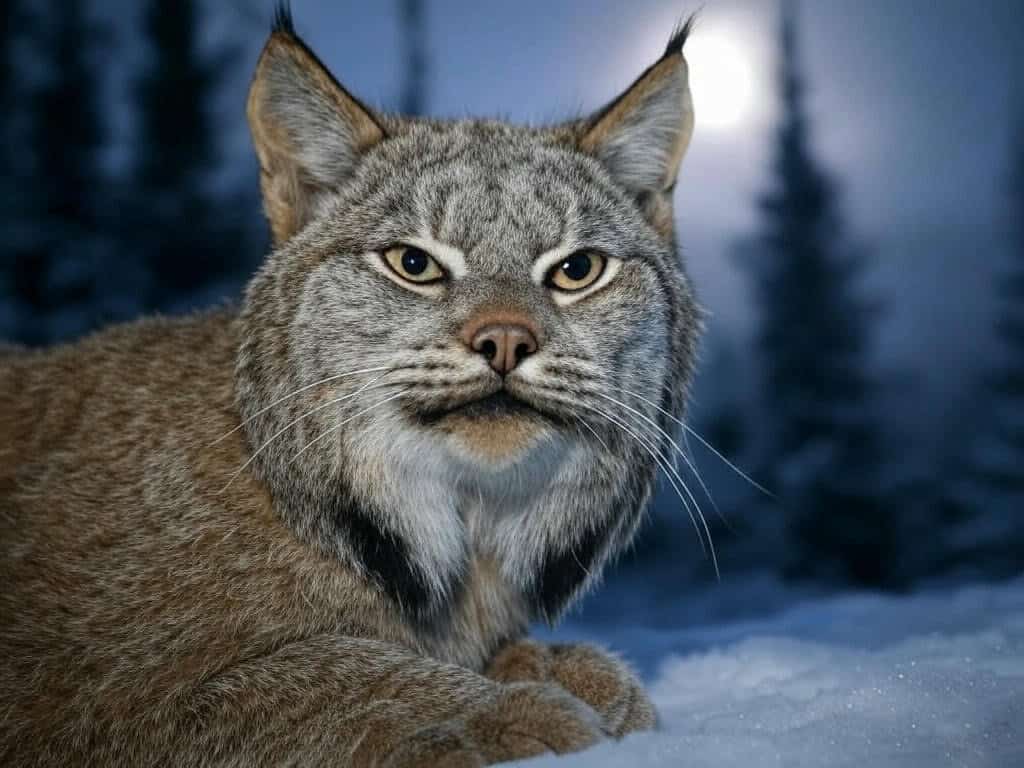Canada’s vast wilderness stretches from coast to coast, harboring some of the most incredible wildlife on Earth. From the Arctic tundra to temperate rainforests, this massive country offers nature lovers the chance to witness extraordinary animals in their natural habitats. Whether you’re planning a wildlife photography expedition or simply curious about the creatures that roam the Canadian landscape, prepare to be amazed by the diversity and wonder of these magnificent beings. The sheer scale of Canada’s protected areas means that many species thrive here in numbers that would astonish visitors from more densely populated regions.
10. Beluga Whales

These ghostly white marine mammals are among the most enchanting creatures you’ll encounter in Canadian waters. Beluga whales inhabit the Arctic and subarctic regions, with the Churchill River in Manitoba offering one of the world’s best opportunities to see them up close. During summer months, thousands of belugas gather in Hudson Bay’s warmer waters to give birth and socialize. Their distinctive white coloration and rounded heads make them instantly recognizable, while their playful nature often delights whale watchers. Unlike many whale species, belugas are highly vocal, earning them the nickname “canaries of the sea” for their wide range of clicks, whistles, and chirps. These intelligent cetaceans can live up to 60 years and are known for their curious interactions with humans.
9. Caribou

The great caribou migrations across Canada’s northern territories represent one of nature’s most spectacular phenomena. These hardy reindeer travel thousands of kilometers annually, following ancient routes that have remained unchanged for millennia. The Porcupine caribou herd, which moves between Alaska and Yukon, numbers around 200,000 individuals during peak migration periods. Caribou have specially adapted hooves that act like snowshoes in winter and paddles while swimming across rivers. Their thick, hollow fur provides exceptional insulation against temperatures that can drop below -40°C. Both male and female caribou grow antlers, unlike other deer species where only males have them.
8. Mountain Goats

Perched on seemingly impossible cliff faces, mountain goats showcase nature’s incredible adaptability to extreme environments. These sure-footed climbers inhabit the Rocky Mountains of British Columbia and Alberta, where they navigate treacherous terrain with remarkable ease. Their specialized hooves have hard outer shells and soft, grippy pads that provide extraordinary traction on rocky surfaces. Mountain goats aren’t actually goats at all – they’re more closely related to antelopes and are North America’s only native mountain ungulate. During winter, they grow thick, woolly coats that were historically prized by Indigenous peoples for weaving warm blankets. These agile animals can leap up to 12 feet in a single bound and have been observed climbing near-vertical rock faces that would challenge experienced mountaineers.
7. Orcas

The waters off British Columbia’s coast provide sanctuary for several distinct populations of killer whales, each with unique behaviors and dietary preferences. These apex predators are actually the largest members of the dolphin family and display remarkable intelligence through their complex social structures and hunting strategies. Southern Resident orcas, which frequent the Strait of Georgia and Puget Sound, have developed specialized techniques for hunting salmon and are known for their strong family bonds. Their distinctive black and white coloration makes them unmistakable, while their towering dorsal fins can reach heights of six feet in adult males. Orcas communicate through sophisticated vocalizations that vary between different pods, essentially creating distinct “dialects” within their communities. These magnificent marine mammals can live up to 90 years and have never been documented attacking humans in the wild.
6. Lynx

Canada lynx prowl through the country’s boreal forests like shadows, their oversized paws acting as natural snowshoes during harsh winters. These elusive felines have adapted perfectly to life in deep snow, with legs that are proportionally longer than those of their bobcat cousins. Their primary prey consists almost entirely of snowshoe hares, and lynx populations closely follow the cyclical boom-and-bust patterns of hare numbers. The lynx’s hearing is so acute that they can detect a mouse moving under two feet of snow from considerable distances. Their distinctive ear tufts aren’t just for show – they actually help funnel sound waves into their ears, enhancing their already exceptional hearing abilities. During mating season, these typically silent cats produce haunting calls that can carry for miles through the forest.
5. Bison

Once numbering in millions across North America, plains bison now roam protected areas like Wood Buffalo National Park in a remarkable conservation success story. These massive herbivores can weigh up to 900 kilograms and stand six feet tall at the shoulder, making them North America’s largest land animal. Despite their imposing size, bison are surprisingly agile and can run at speeds of up to 65 kilometers per hour when threatened. Their thick, shaggy coats provide protection against prairie blizzards, while their powerful heads and necks are perfectly designed for sweeping away snow to reach grass underneath. Bison play a crucial ecological role by creating wallows – shallow depressions where they roll in dust – that become temporary wetlands during rainy seasons. These gentle giants live in complex social groups and can live up to 20 years in the wild.
4. Grizzly Bears

British Columbia and Alberta’s wilderness areas harbor healthy populations of grizzly bears, North America’s most formidable predators. These magnificent bears can weigh up to 300 kilograms and possess strength that’s almost incomprehensible – they’ve been observed flipping over 300-kilogram rocks with a single paw swipe while searching for food. Grizzlies are incredibly intelligent animals with excellent memories, capable of remembering berry patches and salmon runs across vast territories for decades. Their sense of smell is seven times better than a bloodhound’s, allowing them to detect food sources from kilometers away. During salmon spawning season, grizzlies gather at rivers and waterfalls, where patient observers can witness spectacular fishing displays. These adaptable omnivores eat everything from grass and berries to elk and fish, with their diet changing dramatically throughout the seasons.
3. Moose

Standing up to six feet tall at the shoulder, moose are the undisputed giants of Canada’s forests and the largest members of the deer family worldwide. Bull moose grow antlers that can span up to six feet and weigh as much as 35 kilograms, yet they shed and regrow these massive structures every single year. These towering ungulates are surprisingly good swimmers and have been observed diving up to 20 feet underwater to feed on aquatic plants. Moose can run at speeds of 55 kilometers per hour through dense forest, navigating around trees with an agility that seems impossible for their size. Their long legs allow them to wade through deep snow and marshes where other animals would struggle. During autumn rutting season, the haunting calls of bull moose can be heard echoing through the wilderness as they compete for mates.
2. Polar Bears

Churchill, Manitoba, has earned the title “Polar Bear Capital of the World” for good reason – this Hudson Bay community offers unparalleled opportunities to observe the world’s largest land predator. These magnificent Arctic hunters spend most of their lives on sea ice, where they’ve evolved into incredibly efficient seal hunters with patience that would put human anglers to shame. A polar bear’s sense of smell is so refined that they can detect a seal breathing hole from over a kilometer away and sense prey beneath three feet of ice. Their massive paws, which can measure up to 12 inches across, serve as both snowshoes and powerful swimming paddles. Polar bears are excellent swimmers and have been tracked swimming continuously for over 400 kilometers across open ocean. These apex predators can weigh up to 680 kilograms, yet they move across thin ice with surprising grace and delicacy.
1. Spirit Bears

Hidden within the coastal rainforests of British Columbia lives one of nature’s most mystical creatures – the spirit bear, also known as the Kermode bear. These ethereal white-furred black bears represent a rare genetic variation that occurs in roughly one in ten coastal black bears. Unlike albino animals, spirit bears have dark eyes and noses, with their cream-colored fur resulting from a recessive gene that both parents must carry. Indigenous peoples of the Pacific Northwest have revered these bears for centuries, considering them sacred messengers between the physical and spiritual worlds. Spirit bears have adapted to their unique coastal environment by becoming skilled salmon fishers and expert climbers in the towering old-growth forests. Their white coloration may actually provide a hunting advantage, as salmon are less likely to spot them against the bright sky when looking up from underwater. These remarkable bears exist nowhere else on Earth, making every sighting an extraordinarily special experience.
Conclusion

Canada’s incredible biodiversity offers nature enthusiasts experiences that few other countries can match, from Arctic giants to forest spirits. Each of these amazing animals has adapted to thrive in Canada’s challenging environments, creating a tapestry of wildlife that continues to inspire conservation efforts worldwide. Whether you’re planning your first Canadian wildlife adventure or you’re a seasoned nature observer, these magnificent creatures remind us why protecting wild spaces remains so crucial for future generations. The next time you find yourself in Canada’s wilderness, remember that you’re walking through the home of some of Earth’s most remarkable animals. What encounters with Canadian wildlife have left the biggest impression on you?
- 10 Amazing Animals You Can See in Canada - August 10, 2025
- California Has a Salamander So Tiny It Fits on Your Fingertip - August 10, 2025
- 13 Creatures That Did Not Exist 100 Years Ago - August 10, 2025

